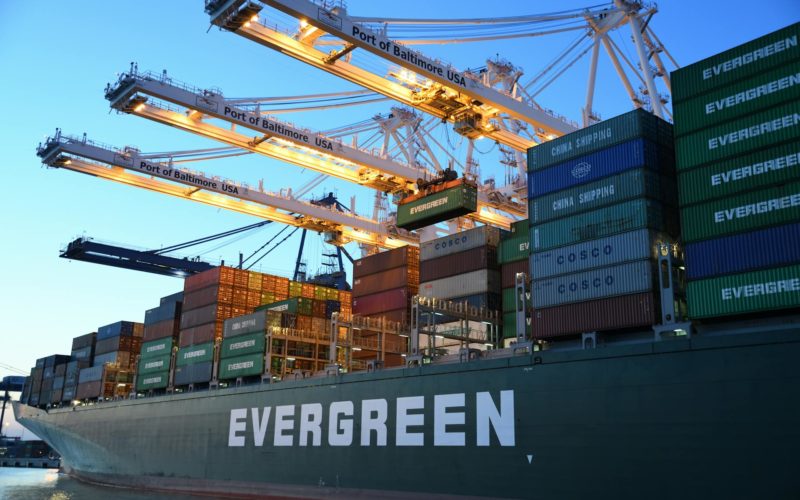Global shipping plays a critical role in the success of e-commerce businesses, especially as online shopping continues to grow worldwide. As retailers look to expand their market reach, they face various challenges that can impact their shipping strategies.
With its increasing consumer base and evolving market dynamics, Latin America presents a significant opportunity for e-commerce growth. However, to tap into this potential, businesses must effectively navigate the complexities of shipping.
Therefore, in this article, we’ll explore how to overcome the challenges of global shipping and help your e-commerce business thrive in this promising region.
Here’s what you need to know:
1. Understanding Global Shipping Challenges
E-commerce businesses often encounter multiple challenges in global shipping. One of the most significant hurdles is managing logistics across different countries. Each country has unique regulations, and navigating these can be daunting. Customs processes can delay shipments and increase costs, which frustrates customers and undermines business reputation.
Moreover, varying delivery times and unpredictable transit conditions add to the complexity. Understanding these challenges is crucial for businesses that want to develop effective shipping strategies and maintain customer satisfaction.
2. The Importance of Strategic Shipping Partners
A well-thought-out shipping strategy is essential for successful international operations. Businesses must assess their shipping options, choose the right carriers, and establish reliable delivery timelines. This is particularly vital when considering shipping to Latin America, where infrastructure and logistical capabilities may vary greatly across countries.
Companies looking to expand into this region should consider partnering with specialized logistics providers like SkyPostal. They offer tailored solutions that simplify the shipping process, ensuring timely and reliable deliveries. By leveraging their expertise, your business can overcome many regional shipping challenges, positioning yourself for growth in this emerging market.
Selecting the right shipping partners can significantly impact your e-commerce business’s success. Reliable shipping partners understand local regulations, have established networks, and can provide valuable insights into regional markets. They also have considerable experience with international shipping, particularly in Latin America.
Therefore, look for carriers with a proven track record of handling customs and logistics in the region. This ensures your shipments are processed efficiently, reducing delays and enhancing customer satisfaction. Building strong relationships with shipping partners also allows you to negotiate better rates, ultimately improving the bottom line.
3. Navigating Customs and Regulations
Customs and regulations present one of the most complex aspects of global shipping. Each country has its own set of rules, which can lead to confusion and delays if not managed correctly. To avoid complications, you should thoroughly research the customs requirements of the countries they ship to. Prepare all necessary documentation, including invoices and shipping labels, to ensure compliance.
Working with a customs broker specializing in international shipping may also be beneficial. Their expertise can help streamline the process, reduce the risk of errors, and facilitate smoother transactions. Staying informed about regulation changes can further enhance your business’s ability to navigate this crucial aspect of global shipping.
4. Managing Shipping Costs Effectively
Shipping costs can significantly impact your e-commerce business’s profitability. To keep these costs manageable, various strategies should be implemented. First, analyze your shipping volume to identify opportunities for bulk shipping or negotiated rates with carriers. Many shipping providers offer discounts for businesses that ship large quantities regularly.
Additionally, streamline your packaging to reduce dimensional weight, which can lower costs. Choosing cost-effective shipping methods without compromising delivery speed is essential. Evaluate different carriers to find the best rates for your specific needs. By actively managing shipping costs, you can maintain healthy profit margins while providing competitive shipping options to your customers.
5. Optimizing Packaging for Global Shipping
Effective packaging is crucial for minimizing damage during transit and ensuring cost-efficiency. You must consider the weight, size, and materials used for packaging. Using lightweight materials can reduce shipping costs, while sturdy packaging protects products from potential damage. Additionally, eco-friendly packaging options are becoming increasingly important to consumers.
Many prefer businesses prioritizing sustainability, so using biodegradable or recyclable materials can enhance your brand image. Properly designed packaging also helps streamline the shipping process, making it easier for carriers to handle and transport goods. By optimizing packaging, you can save money and create a positive impression on customers.
6. Leveraging Technology in Shipping
Technology has transformed the shipping landscape, providing tools to streamline processes and improve efficiency. You can utilize software for order management, tracking shipments, and optimizing delivery routes. For example, real-time tracking systems allow customers to monitor their orders, enhancing transparency and trust.
Additionally, data analytics can help you understand shipping patterns and identify bottlenecks in your operations. By leveraging technology, you can enhance the customer experience and reduce costs associated with inefficiencies. Integrating technology into shipping practices is essential for staying competitive in today’s fast-paced e-commerce environment.
7. Understanding Delivery Timelines
Setting realistic delivery expectations is key to maintaining customer satisfaction. Different regions may experience varying delivery times due to customs processing and logistical challenges. You should communicate clearly about expected delivery timelines during the purchasing process. This transparency helps manage customer expectations and reduces frustration when delays occur.
Monitoring shipping performance regularly will allow you to adjust your business strategies as needed. Understanding delivery timelines improves customer satisfaction and strengthens the overall trust in your brand.
8. Customer Communication and Support
Effective communication is vital in the shipping process. Keeping customers informed about their orders builds trust and encourages repeat business. Regular updates about shipping status, potential delays, and estimated delivery times enhance the customer experience. Providing a clear channel for customer inquiries also improves satisfaction.
Businesses should consider implementing automated messaging systems for updates and dedicated customer support teams to address specific concerns. Engaging with customers throughout the shipping process ensures they feel valued and connected to your brand.
Conclusion
Overcoming the challenges of global shipping is essential for e-commerce businesses looking to expand their reach. By understanding the complexities of shipping, developing strategic partnerships, and leveraging technology, businesses can streamline their operations and improve customer satisfaction.
Optimizing packaging, setting realistic delivery expectations, and maintaining clear customer communication further enhance the overall shipping experience. Regularly evaluating shipping performance allows businesses to adapt and grow in response to changing market dynamics.
Embracing these strategies will help your e-commerce business navigate the challenges of global shipping and position it for success in the global market.












